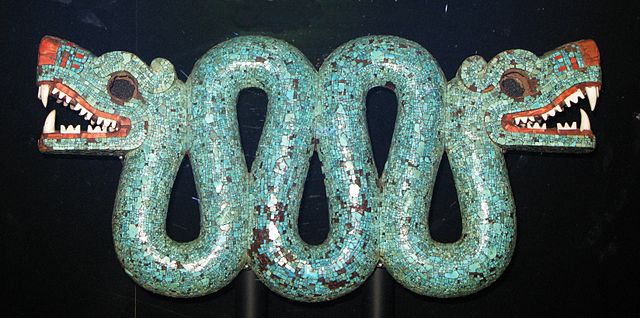We counted to 99 in Norwegian, let's keep going!
100 ett hundre - sounds like eh-t hoo-n-deh-r
101 ett hundre og en - sounds like eh-t hoo-n-deh-r oh-ee eh-n
102 ett hundre og to - sounds like eh-t hoo-n-deh-r oh-ee too
103 ett hundre og tre - sounds like eh-t hoo-n-deh-r oh-ee t-day
104 ett hundre og fire - sounds like eh-t hoo-n-deh-r oh-ee fee-dah
105 ett hundre og fam - sounds like eh-t hoo-n-deh-r oh-ee feh-m
106 ett hundre og seks - sounds like eh-t hoo-n-deh-r oh-ee seh-ks
107 ett hundre og syv - sounds like eh-t hoo-n-deh-r oh-ee see-v
108 ett hundre og åtte - sounds like eh-t hoo-n-deh-r oh-ee oh-tuh
109 ett hundre og ni - sounds like eh-t hoo-n-deh-r oh-ee nee

(from: wikipedia - norwegian language)
Greek: εκατό (ekató), εκατόν ένα (ekatón éna), εκατόν δύο (ekatón dýo), εκατόν τρεις (ekatón treis), εκατόν τέσσερις (ekatón tésseris), εκατόν πέντε (ekatón pénte), εκατόν έξι (ekatón éxi), εκατόν επτά (ekatón eptá), εκατόν οκτώ (ekatón októ), εκατόν εννέα (ekatón ennéa)
ASL: One hundred, one hundred one, one hundred two, one hundred three, one hundred four, one hundred five, one hundred six, one hundred seven, one hundred eight, one hundred nine
Italian: cento, centodue, centotre, centoquattro, centocinque, centosei, centosette, sentotto, sentonove
German: einhundert, einhunderteins, einhundertzwei, einhundertdrei, einhundertvier, einhundertfünf, einhundertsechs, einhundertsieben, einhundertacht, einhundertneun
Spanish: ciento, ciento uno, ciento dos, ciento tres, ciento cuatro, ciento cinco, ciento seis, ciento siete, ciento ocho, ciento nueve
French: cent, cent, cent deux, cent trois, cent quatre, cent cinq, cent six, cent sept, cent huit





